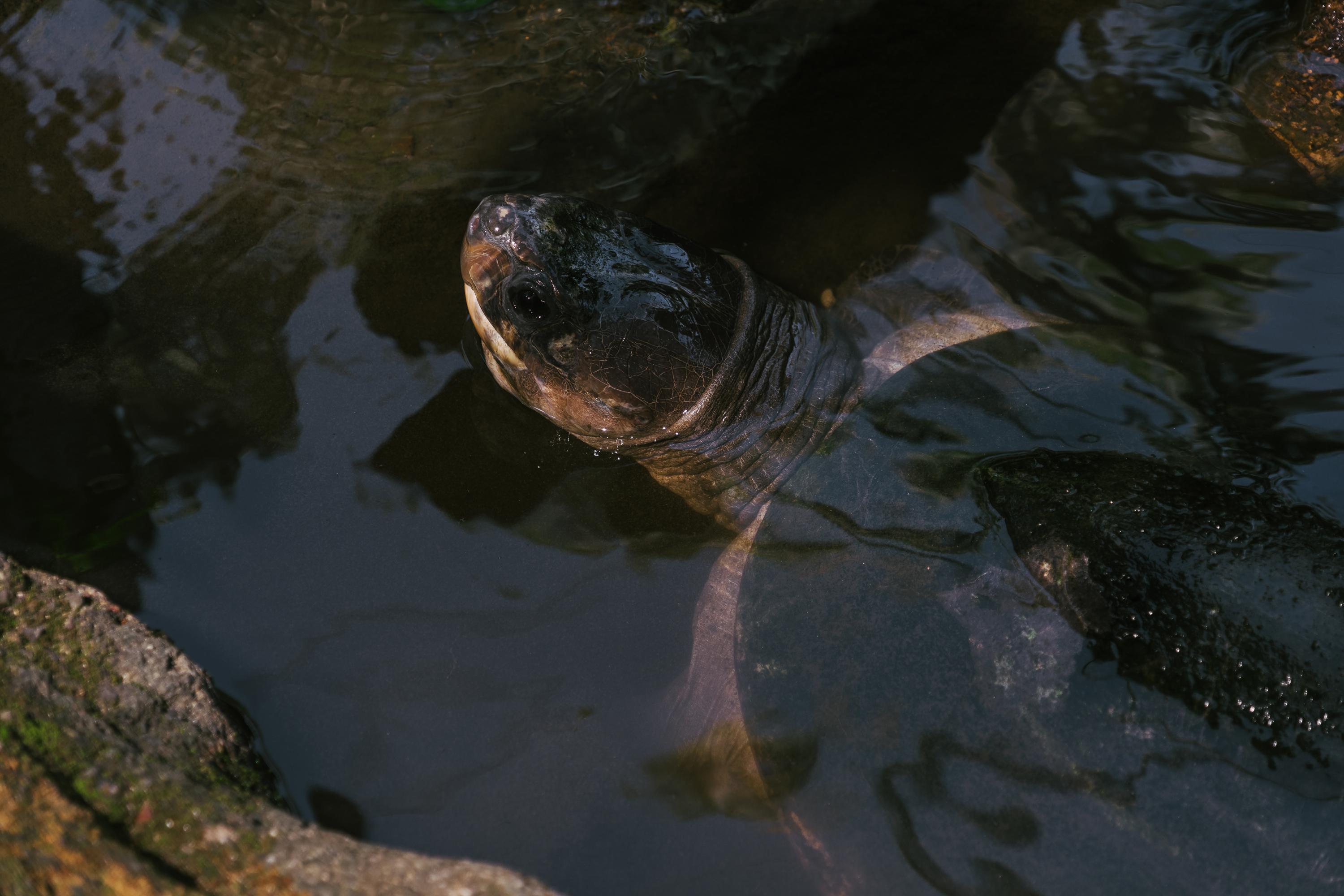Have you ever wondered what goes on inside a turtle’s digestive system? Well, the answer might surprise you – turtle poop!
Turtles, like other animals, excrete solid waste, and it is important to understand how turtle poop works in order to keep your pet healthy. In this blog post, we will explore how turtle digestion works, what turtle poop looks like, and how to properly care for your pet turtle’s waste. So, let’s dive into the world of turtle poo!
Turtle poop

Turtles may be small, but they sure pack a punch when it comes to their poop! Turtle poop is quite unique in that it contains a variety of nutrients and minerals that other animals do not produce. This is due to the fact that turtles are omnivores and their diet includes a wide range of foods.
For example, they eat plants, insects, and even other animals, which all contribute to the composition of their poop. Turtle poop also contains calcium, which is essential for the health of their shells and bones.
Additionally, they also produce a large amount of nitrogen which helps to fertilize the environment around them and support the growth of other plants and animals. So, the next time you see a turtle, you can thank it for its contribution to the environment–and its unique turtle poop!
Why is turtle poop important
Turtle poop plays an important role in the environment by providing essential nutrients to help support other species in the ecosystem. It acts as a fertilizer for aquatic plants and helps keep the water clean by removing toxins from the water. Turtle poop also provides food for other animals, such as fish and birds, which helps maintain the balance of the food chain.
By providing these essential elements, turtle poop helps keep our planet healthy and vibrant.
Types of turtle poop
Turtle poop is, believe it or not, a surprisingly interesting topic. Turtles, like other reptiles, can produce two different types of waste: solid and liquid.
Solid turtle poop, which is usually seen in the form of small pellets, is composed of undigested material such as plant matter and insects. Liquid turtle poop, on the other hand, is a more watery substance and is primarily composed of toxic waste products that are expelled during the digestion process. Knowing the difference between these two types of turtle waste is important for any turtle owner, as it can help to ensure that your turtle is healthy and happy.
How turtle poop affects the environment
Turtle poop may seem like an insignificant issue, but it can have a major effect on the environment. Turtles are a keystone species, meaning they play an important role in their ecosystems.
As they consume plant and animal matter, the waste they produce can have a big impact on the environment. Turtle poop is a rich source of nutrients like nitrogen, phosphorus, and potassium, which can help to increase the fertility of the soil and promote healthy plant growth. However, too much of these nutrients can lead to an overgrowth of algae and other aquatic plants, which can disrupt the balance of aquatic ecosystems.
Turtle poop can also act as a vector for disease, carrying harmful bacteria and parasites from one area to another. By understanding how turtle poop affects the environment, we can better manage turtle populations and protect the ecosystems in which they live.
How to tell if your turtle is healthy based on its poop
Turtle poop can tell you a lot about your reptilian friend’s health. Healthy turtle poop should be semi-solid and dark in color, and it should smell like dirt or soil.
If the poop smells more like ammonia or is watery, this could be a sign of an infection. If the poop is white or yellow, it could be a sign of parasites.
Lastly, if the poop is mucus-like, it could be a sign of a respiratory infection. If you notice any changes in your turtle’s poop, it’s important to take them to a vet right away.
How to clean up turtle poop
If you’re a proud turtle owner, you know that caring for your pet means taking on the responsibility of cleaning up after them – including their poop! While it may not be the most pleasant task, it’s a necessary part of being a good turtle parent. Fortunately, with a few simple steps, you can make cleaning up turtle poop a breeze.
Fortunately, with a few simple steps, you can make cleaning up turtle poop a breeze. First, use a plastic bag to scoop up the poo, being sure to discard the bag properly. Next, use a paper towel or cloth to wipe up any remaining residue from the surface.
Finally, disinfect the area with a mild bleach solution and rinse with water. With these easy steps, you’ll be able to tackle turtle poop like a pro!
Turtle poop: the final word
Turtle poop – it’s the stuff of legends! But what exactly is it, and why does it have such a legendary status?
Well, the truth is that turtle poop is actually quite important for the environment, as it’s a natural fertilizer that helps to enrich the soil with nutrients, making it a great food source for other animals and plants. Plus, it’s a great source of calcium and other essential minerals. In other words, turtle poop is something that should be celebrated, not feared!
Final Touch
In conclusion, it is possible for a turtle to have some kind of waste material, commonly referred to as turtle poop, but the exact composition and frequency of this waste product can vary greatly depending on the species and diet of the turtle. The best way to ensure the health of your pet turtle is to provide a balanced diet and monitor its waste output regularly.